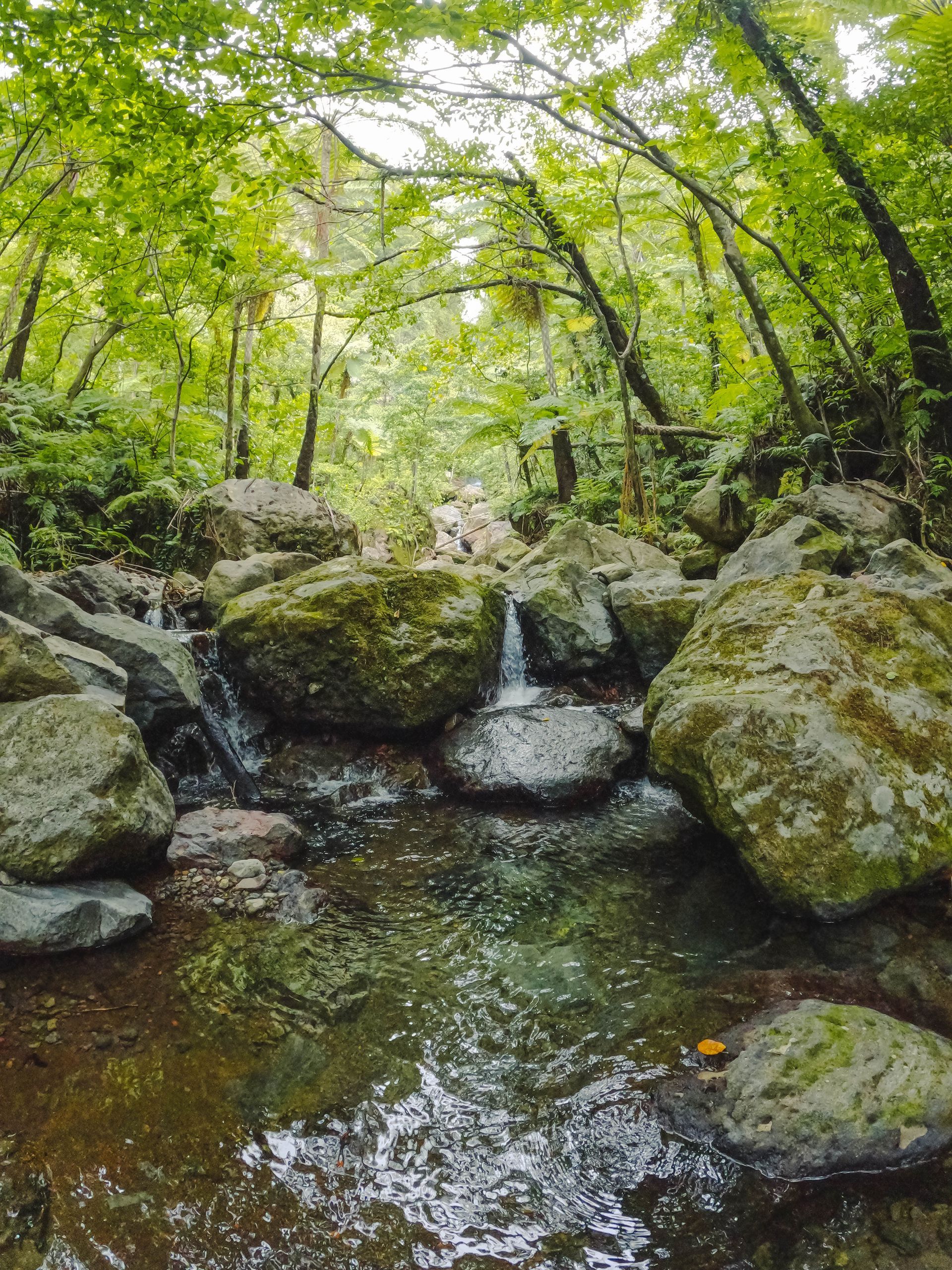"Expert Techniques and Best Practices for Cultivating Vibrant and Flavorful Peppers"
The Ultimate Guide to Growing Peppers: Tips for a Thriving Harvest
Peppers, belonging to the Capsicum family, are among the most popular vegetables grown in home gardens today. From sweet bell peppers to fiery jalapeños, these vibrant fruits are not only delicious but also rich in vitamins and antioxidants. Whether you’re a novice gardener or an experienced horticulturist, knowing how to grow peppers successfully can lead to a bountiful harvest. In this guide, we’ll explore the essential steps to cultivate healthy pepper plants and maximize your crop yield.
Understanding Pepper Varieties
Before you plant, it’s essential to understand the different types of peppers available. Peppers can be broadly categorized into:
- Sweet Peppers: Varieties such as bell peppers and sweet banana peppers. They are typically mild in flavor and perfect for salads, stir-fries, or grilling.
- Hot Peppers: This category includes jalapeños, habaneros, and serranos, known for their spicy kick. They are often used to add heat to dishes and for making sauces.
- Ornamental Peppers: These varieties are grown primarily for their appearance rather than taste. Their vibrant colors can add aesthetic value to gardens or indoor spaces.
Choosing the right variety based on your culinary needs and climate conditions is crucial to successful cultivation.
Starting Indoors vs. Outdoors
Starting Indoors
Peppers thrive in warm temperatures, making indoor seed starting an excellent option, especially in cooler climates. Here’s how to do it:
- Timing: Start seeds indoors about 8-10 weeks before the last expected frost date in your area.
- Containers: Use seed trays or biodegradable pots filled with a seed-starting mix. Ensure there are drainage holes to prevent waterlogging.
- Planting Seeds: Sow seeds about ¼ inch deep and water gently to avoid displacing them.
- Light and Temperature: Provide plenty of light; a south-facing window or grow lights can work well. Maintain a temperature of 70°F to 80°F (21°C to 27°C) for optimal germination.
- Moisture: Keep the soil consistently moist but not soggy. Using a humidity dome can help retain moisture until seeds sprout.
Transplanting Outdoors
Once the danger of frost has passed and your seedlings have developed a few sets of true leaves, it’s time to transplant them outdoors.
- Site Selection: Choose a warm, sunny location with well-draining soil. Peppers need at least 6-8 hours of direct sunlight daily.
- Soil Preparation: Amend the garden soil with organic matter such as compost or well-rotted manure to improve its fertility and drainage.
- Spacing: Space your plants 18-24 inches apart to allow them room to grow and promote airflow.
- Transplanting: Gently remove seedlings from their pots and plant them at the same depth they were growing in. Water them immediately to reduce transplant shock.
Care and Maintenance
Watering
Peppers require regular watering, especially during dry spells. Here are some key points:
- Frequency: Water weekly or when the top inch of soil feels dry. In extremely hot weather, you may need to water more often.
- Deep Watering: Encourage deep root growth by watering deeply, ensuring moisture reaches the root zone.
Fertilization
Proper fertilization is key to robust plant growth:
- Initial Fertilization: Use a balanced fertilizer rich in phosphorus and potassium (like a 5-10-10 formulation) when transplanting.
- Mid-Season Boost: Once peppers begin to set fruit, consider side-dressing with a fertilizer higher in potassium (like a 0-0-60) to promote fruit development.
Pruning
While peppers generally do not require extensive pruning, you may want to:
- Remove any suckers (small shoots that develop in the leaf axils) to promote more vigorous growth and fruiting.
- Thin out overcrowded areas to ensure adequate airflow, reducing the risk of fungal diseases.
Pest and Disease Management
Peppers are susceptible to various pests and diseases, including aphids, spider mites, and fungal infections.
- Monitoring: Keep an eye on your plants for signs of pests and act quickly if you notice any issues.
- Natural Predators: Encourage beneficial insects like ladybugs, which feed on aphids, or use insecticidal soap to manage pests.
- Rotational Planting: Practice crop rotation to minimize the risk of soil-borne diseases.
Harvesting Peppers
The timing of your harvest will impact the flavor and culinary uses of your peppers:
- Early Harvesting: For sweet peppers, you can pick them when they are green, though letting them ripen on the plant will enhance their sweetness.
- Color Ripening: Many hot pepper varieties turn vibrant colors (like red or orange) as they mature. Waiting to harvest until this stage results in a more intense flavor.
- Picking Technique: Use garden shears or scissors to avoid damaging the plant. Remove the fruit by cutting the stem rather than pulling.
Conclusion
Growing peppers in your garden is a rewarding endeavor that enriches your culinary experiences. By understanding the different varieties, providing optimal conditions for growth, and maintaining proper care throughout the growing season, you can enjoy an abundant harvest. Whether you relish sweet bell peppers in salads or enjoy the spiciness of jalapeños in your favorite dishes, homegrown peppers are a testament to your gardening success. Happy gardening!











